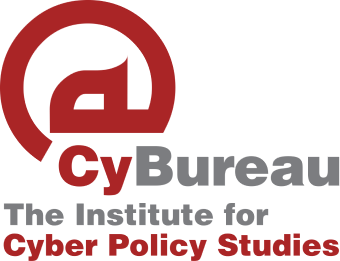Cyber crime against banking institutions in the Middle East
On May 22nd, there was a publication of a report by FireEye’s company which researched targeted attacks against banks in the Middle East.
The study reveals that in the first week of May, the company has identified a wave of emails that contained malicious files sent to a number of banks across the Middle East. An analysis of the attacks suggests that they included a code was not commonly used in such attacks in the past and that the attackers had previously met with their targets, personally and technology, using social engineering to hide the attack.
Meanwhile, on June 8th an article was published regarding a study titled “Data Security Confidence Index” of the company Gemalto examines among other things the Middle East (among 50 decision makers in IT) containing 54 questions in four areas, which suggests that organizations continue to believe in protection technologies perimeter effectiveness against cyber crimes;
- 94% said these security systems are effective in preventing unauthorized access to the network; however 54% said they suffered security breaches of the perimeter during the last 12 months.
- 60% believe that unauthorized users can enter their network, while 36% said the unauthorized users can enter the entire network in a hacking event.
- Middle East organizations surveyed said that they had experienced a rush during the last five years.
These join another report by FireEye from May 1st, which found that the sectors of finance, government and energy are the most attacked ones among GCC countries. It can be seen that changes in the geopolitical, financial and economic factors in the physical world, the importance and connectivity of countries in the region, find threats also in the cyberspace, changing the map of threats between the two halves of 2015, along with the emergence of players supported by states.
Alerts from this region doubled during 2015, with a significant increase in the second half of the year and the continued threat posed by the antichrist organizations in the region. The study predicts that the harm caused by these actors in the region worsened by changing the data or its destruction by the attackers.

